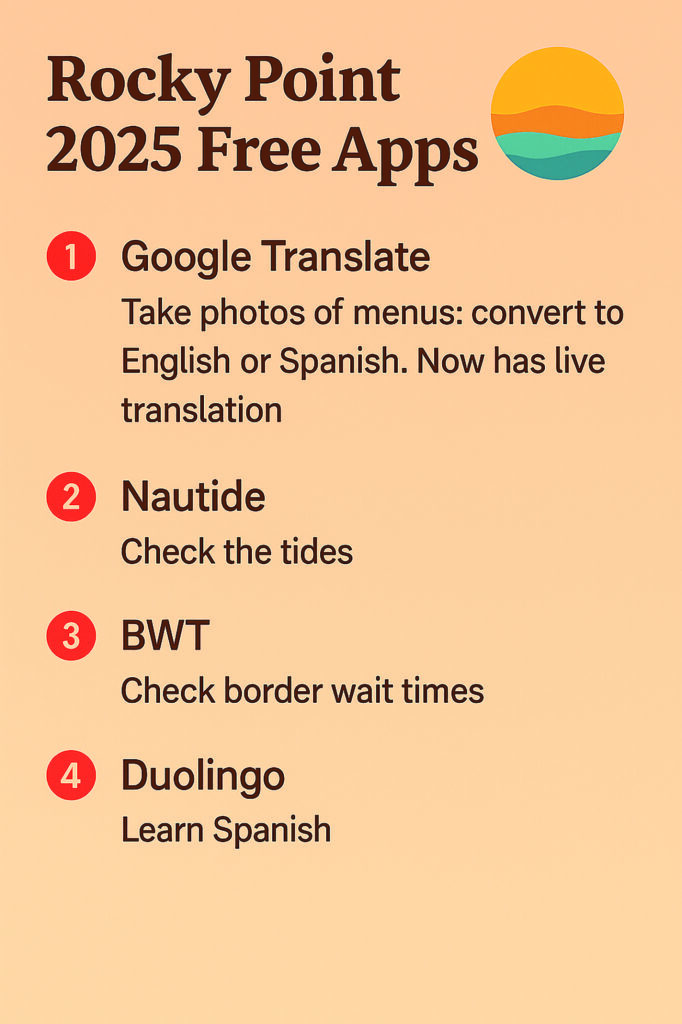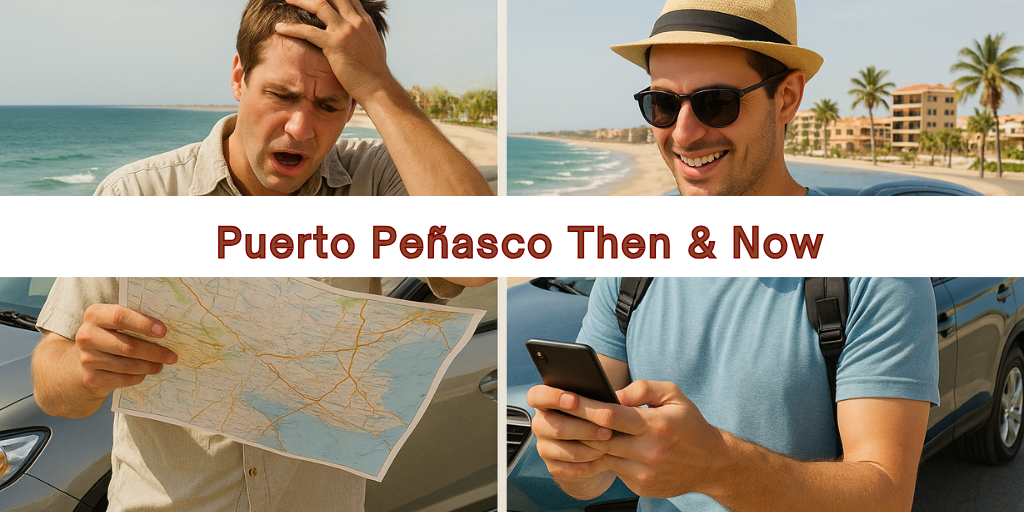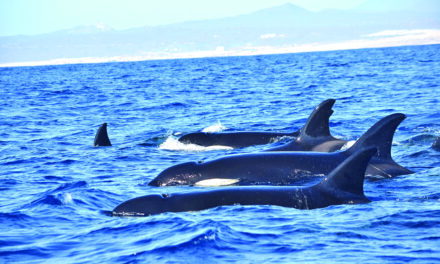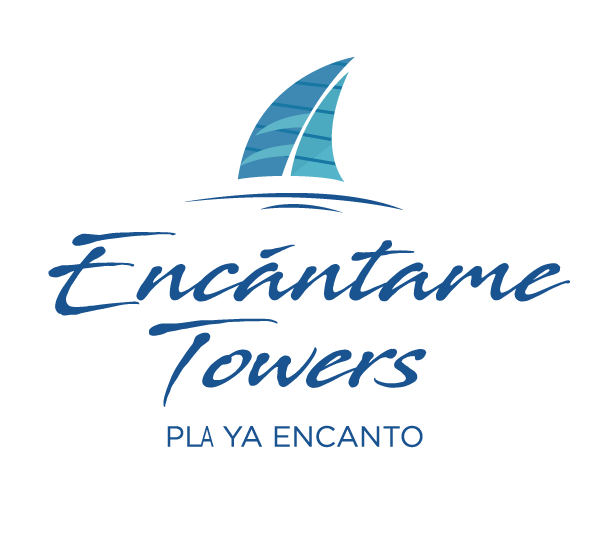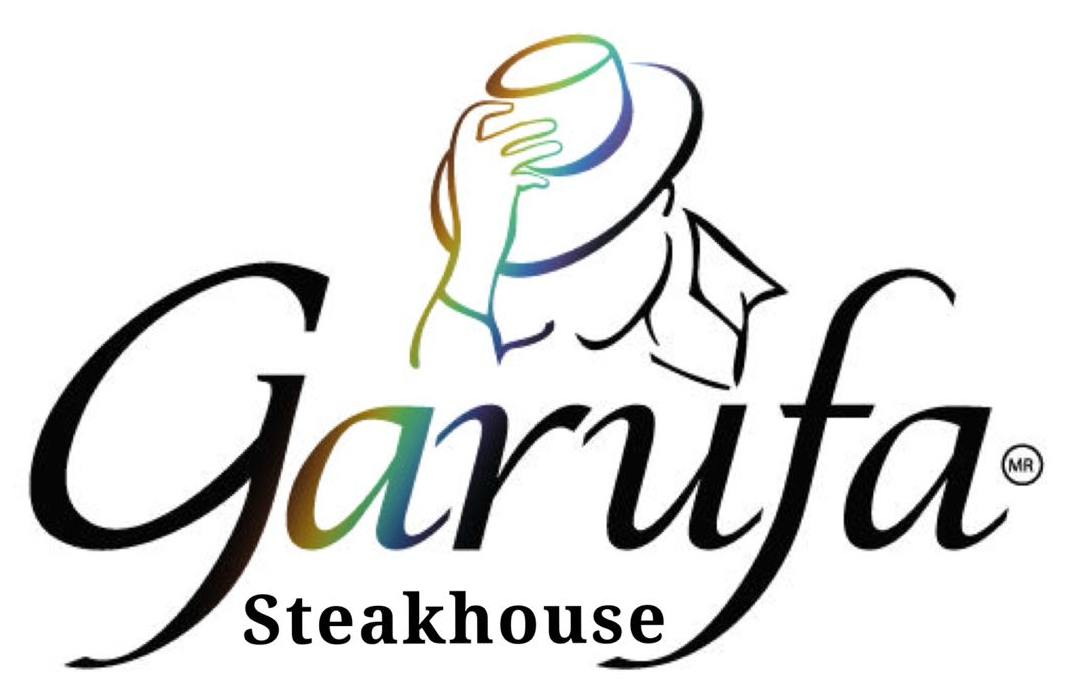It’s 2005, and you’re driving into Puerto Peñasco with a crumpled map on your lap, hoping you can mime “Where’s the best fish taco?” to someone who speaks Spanish. Your cell phone is turned off because international roaming costs a fortune, and you would be lucky to have a signal. You’re armed with a sense of adventure. Fast forward to today – your phone just narrated turn-by-turn directions in your preferred language, suggested three highly-rated taco spots with photos of their menus, and your family back home just watched your beach sunset via Instagram. Welcome to the new age of Rocky Point travel.
Twenty years ago, planning a trip to Rocky Point meant asking friends for information, calling hotels directly (and hoping someone spoke English), or knowing someone who had a house in Cholla Bay or Los Conchas. Today, you can scroll through thousands of real guest photos on Google Maps, Airbnb, watch TikTok videos of someone’s actual stay at your potential condo, and read reviews posted just yesterday. You can see the view from your room before you book it, check if the restaurant down the street has vegetarian options, and know whether the beach is crowded—all from your couch.
Lost? Not Anymore…
Perhaps nothing has changed the travel experience more dramatically than GPS navigation. In 2005, getting lost in Puerto Peñasco was practically a rite of passage. You’d pull over to ask for directions, attempting to decipher hand gestures and street names you couldn’t pronounce. Paper maps became projects of frustration, and most side roads were sand, and few street signs existed.
Today, Google Maps not only guides you to your destination but shows you real-time traffic, and suggests the fastest route. Want to find that hidden shell beach locals told you about? Just drop a pin. Need to walk back to your hotel after dinner? Your phone will guide you turn-by-turn, even showing street-view images so you know what to look for.
The language gap that once made ordering food an adventure (sometimes a regrettable one) has nearly vanished. AI-powered translation has transformed how English-speaking visitors interact with Puerto Peñasco. Twenty years ago, you pointed at menu items and hoped for the best, or stuck to restaurants with English menus. Now? Hold your phone’s camera over any Spanish menu and watch it transform into English instantly. Google Translate can handle real-time conversations, WhatsApp has built-in translation features, and language learning apps like Duolingo let you pick up basic Spanish during your drive down. The result isn’t just convenience—it’s connection. Visitors can have actual conversations with restaurant owners, ask locals for recommendations, and understand the stories behind the places they visit.
International communication used to mean expensive hotel phone calls or hunting for payphones that accepted the right coins. Remember Vonage lines and Skype? Calling home was a special occasion, not a casual check-in. Today, WhatsApp has eliminated international calling charges entirely. Video calls are free. You can share your adventures in real-time through Instagram Stories, FaceTime with family while watching the sunset at Sandy Beach, or even work remote from your beachfront rental. Facebook and TikTok mean you’re simultaneously on vacation and able to share every memorable moment as it happens. Some might miss the forced disconnection of earlier times, but there’s no denying the peace of mind that comes with being easily reachable in case of emergencies.
Social media has fundamentally changed how we experience and share travel. In 2005, you took photos on a film camera, carefully rationing your 24 or 36 exposures, then waited weeks to see how they turned out. Half would be blurry or poorly lit. Today, you can take unlimited photos, edit them instantly, and share them with hundreds of people before you’ve even left the beach. This has transformed Puerto Peñasco’s visibility—a single viral TikTok video of the Malecón at sunset or a stunning Instagram Reel of whale watching can introduce thousands of potential visitors to Rocky Point. Local restaurants and hotels have gained followings through beautiful food photography and guest posts. The town has become more discoverable, more shareable, more connected to the wider world.
So, What Have We Gained? And What Have We Lost?
Technology hasn’t just made visiting Puerto Peñasco easier—it’s made it accessible to people who might have been too intimidated by language barriers or navigation uncertainty to visit twenty years ago. Families feel safer knowing they can get emergency help instantly. First-time international travelers can explore with confidence. The mystery and occasional chaos of that 2005 trip has been replaced with reliability and ease.
Yet something subtle has shifted too. The adventure of being truly unplugged, the satisfaction of navigating by instinct and conversation, the serendipity of discovering places without algorithms—these experiences are rarer now. But perhaps the trade-off is worth it. Today’s travelers can focus less on logistics and more on the experience itself: the taste of fresh ceviche, the warmth of the Mexican sun, the sound of waves crashing at Cholla Bay.
Puerto Peñasco remains the same beautiful escape it was twenty years ago. We’ve just gotten much better at finding our way here—and sharing it with the world.
Want to bring Puerto Peñasco home between visits? YouTube channels like Beach Chill (@BeachChill-zzz), TequilaandSandMusic (@TequilaandSand), and Rocky Point Local (@RockyPointLocal) offer footage of beaches, sunsets, and local life—perfect background ambiance for your home office.
Anita Kaltenbaugh is the author of the new book “It’s Going to Be a Good Day -25 feel-good stories of Kindness, Inspiration and Grace” and author of suspense novels “A Deep Thing” & “Her Perfect Disappearance” by A.K. Smith on Amazon. Check out www.aksmithauthor.com for all her books.
